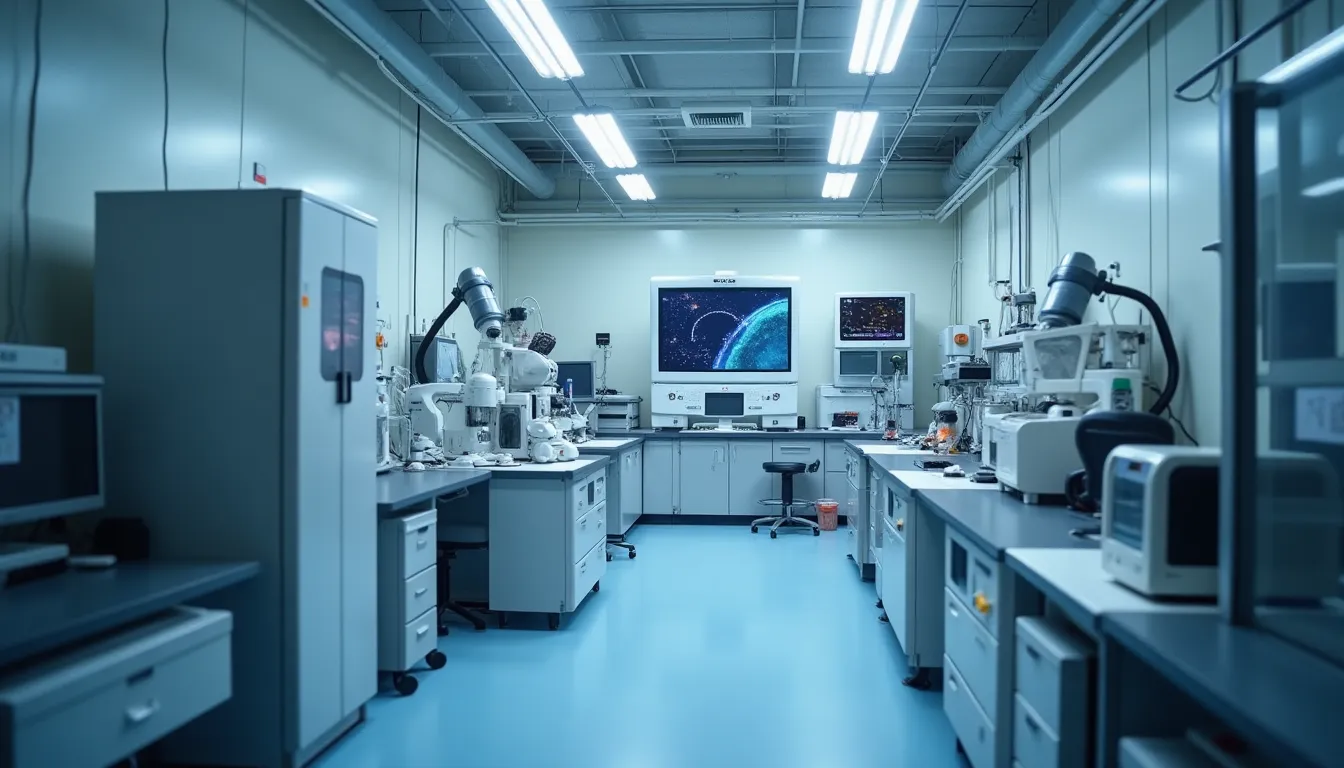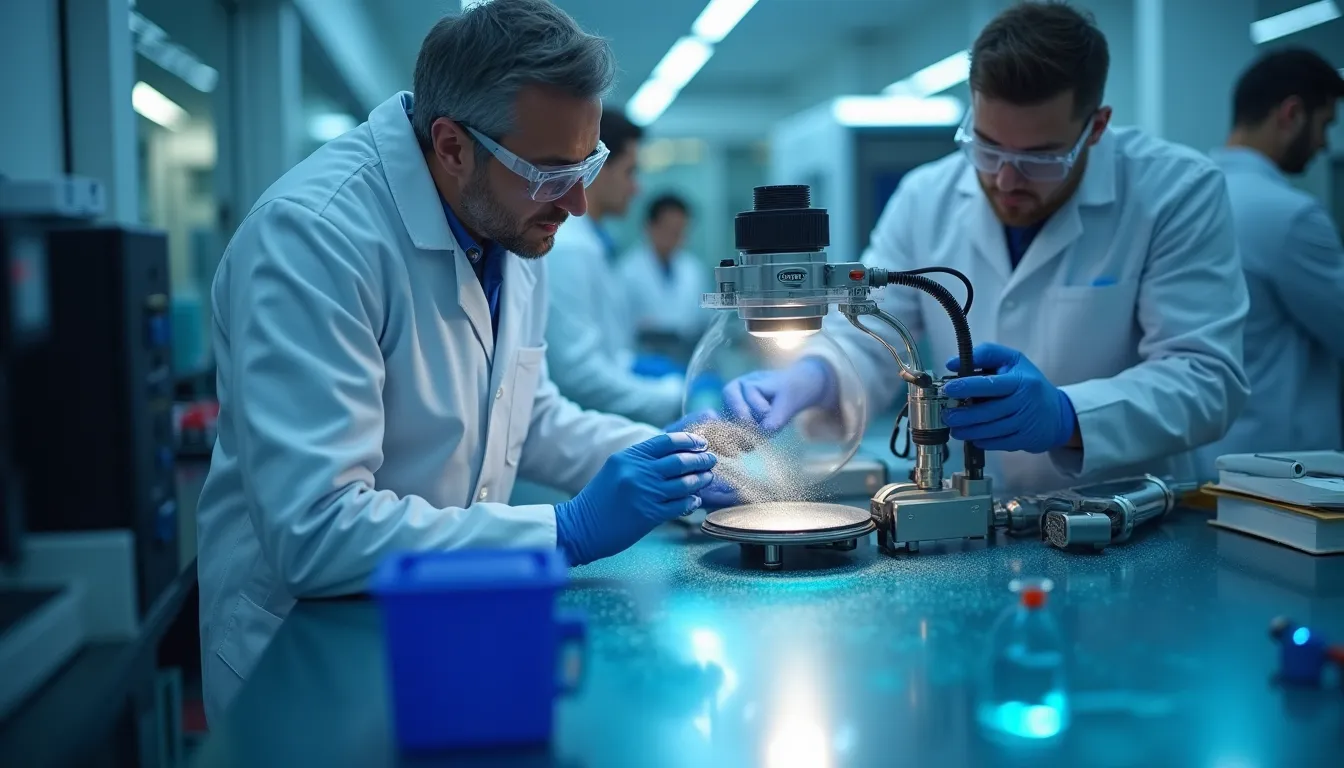As the number of satellites and other objects in Earth’s orbit continues to rise, so does the pressing issue of space debris. Recent developments in space debris removal technologies and international regulatory efforts are paving the way for safer space environments. This article delves into groundbreaking propulsion systems, patented multi-object removal architectures, and Japan’s initiatives to establish global standards for debris management.
New Plasma Propulsion System: A Contactless Approach
In September 2025, researchers at Tohoku University in Japan unveiled an innovative plasma propulsion system designed to effectively remove space debris without physical contact. This system utilizes a unique magnetic field configuration known as a “cusp” to contain and direct plasma, significantly increasing the deceleration force applied to debris. Laboratory tests revealed that this new approach tripled the deceleration force compared to previous models, enabling debris to exit orbit in approximately 100 days.
The propulsion system employs argon as a propellant, a choice that is both cost-effective and abundantly available. By avoiding contact-based methods, this technology mitigates the risks of entanglement often associated with traditional debris removal techniques. As this system moves closer to deployment in actual space missions, it may play a pivotal role in addressing the growing challenge of orbital congestion.
Astroscale’s Patented Multi-Object Removal System
In a significant advancement in active debris removal (ADR), Astroscale, a leader in satellite servicing, received a U.S. patent (No. 12,234,043 B2) in July 2025 for a distributed, reusable architecture capable of scalable ADR. This system features a servicer spacecraft that docks with debris and transfers it to a “reentry shepherd” vehicle positioned in a lower orbit. The shepherd then guides the debris back into Earth’s atmosphere for controlled reentry, thereby minimizing risks to populated areas.
The design allows for multiple debris targets to be tackled in a single mission, addressing limitations of traditional ADR methods such as high costs and fuel constraints. This innovative approach enhances public safety and aligns with international best practices, making Astroscale’s technology a cornerstone in the future of debris management.
Japan’s Initiative for International Regulatory Frameworks
Alongside technological innovations, Japan is spearheading efforts to establish a robust international regulatory framework for space debris removal. Announced in September 2025, Japan’s strategy emphasizes the need for:
- Object identification and data sharing from both governmental and private debris owners.
- Safe disposal mechanisms, including capture and deorbiting technologies.
- Proposals to be discussed at the UN Committee on the Peaceful Uses of Outer Space (COPUOS) in 2026.
The goal is to create mandatory global standards for all space actors, including commercial satellite operators, potentially requiring deorbit mechanisms such as sails or tethers at the design stage. This initiative builds on previous Japanese projects, including JAXA’s Kounotori mission and Astroscale’s ELSA-d demonstration, showcasing Japan’s commitment to a sustainable space environment.
Technical Insights and Industry Context
The advancements in space debris removal technologies are not only innovative but also essential for the future of space exploration. For instance, the efficiency of the new plasma propulsion system can be complemented by precision accelerometers and advanced sensor modules that enhance tracking and control capabilities during debris removal operations. The integration of advanced 9-DOF MEMS IMU, which combines three-axis gyroscopes and accelerometers, could significantly improve the maneuverability of servicer spacecraft.
Similarly, Astroscale’s multi-object removal system can benefit from high-performance PIN quadrant detector modules like the ZQXXSZMSS System, which are designed for precision optical-to-electrical signal conversion. Such technologies could enhance the accuracy and safety of debris docking and removal processes.
Conclusion
As the aerospace industry grapples with the complexities of space debris, the combination of innovative technologies and proactive regulatory measures stands as a beacon of hope. The developments from Tohoku University and Astroscale illustrate the potential for effective debris removal solutions, while Japan’s international initiatives aim to ensure a collaborative approach to debris management. Moving forward, continued investment in these technologies and adherence to emerging global standards will be critical in securing a sustainable future for space exploration and utilization.
In a world increasingly reliant on space-based assets, the urgency of addressing space debris cannot be overstated. The successful implementation of these technologies and frameworks will not only protect current and future missions but also preserve the integrity of our orbital environment for years to come.
References
-
Contactless space debris removal proposed through new plasma … (watchers.news) - 9/11/2025 Contactless space debris removal proposed through new plasma thruster design. ByReet Kaur Wednesday, September 10, 2025 …
-
Astroscale Signs Launch Agreement with NewSpace India Limited … (www.astroscale.com) - 9/11/2025 Astroscale Signs Launch Agreement with NewSpace India Limited for Satellite Debris Inspection Mission. Posted September 11, 2025 Posted in …
-
New plasma propulsion system could clear space debris without … (www.openaccessgovernment.org) - 9/8/2025 New plasma propulsion system could clear space debris without touching it. September 8, 2025. Advancing Telecommunication and High-Speed …
-
Plasma propulsion system could help remove space debris without … (phys.org) - 9/8/2025 Plasma propulsion system could help remove space debris without contact … Space has a trash problem, with defunct satellites, rockets, and …
-
Improved Propulsion System May Help Remove Space Debris … (www.tohoku.ac.jp) - 9/8/2025 Improved Propulsion System May Help Remove Space Debris Without Contact. 2025-09-08. Space has a trash problem, with defunct satellites, rockets …
-
Japan launches international rules for space debris removal (www.innovationnewsnetwork.com) - 8/6/2025 Japan will work with experts to develop frameworks for space debris removal, such as rocket fragments and defunct satellites.
-
Astroscale’s New Patent Transforms Space Debris Removal (www.astroscale.com) - 7/29/2025 29, 2025 –As low Earth orbit becomes increasingly congested with aging satellites and fragmented debris, and new satellites are launched at an …
-
Plasma engine will help remove space debris from orbit (universemagazine.com) A Japanese engineer has proposed a new way to get rid of space debris without direct contact with it.



